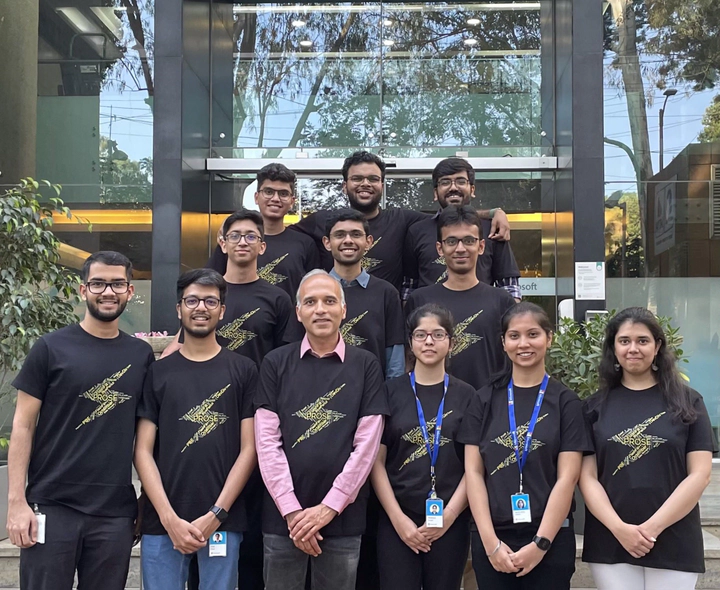Making technology 2 keys away
My journey till here and what lies beyond.
 The PROSE team
The PROSE teamI fondly remember my school days, when once a week, we were filled with excitement to visit the computer lab- a fully furnished, air-conditioned room where there were scores of desktops kept, each student getting one to themselves for a whole hour. While most of us were excited to play pinball that came inbuilt with windows, the teachers were smart to uninstall it from most computers.
My first encounter with Excel was through the prescribed computer science textbook that taught us formulas and commands that helped organize and transform data. Learning all this, most of us felt why do we have to talk in the language computers understand rather than simply stating to the machine what we intend to do. But one of the best features of excel was still in store- “FlashFill”. Suddenly, my machine understood what I wanted to do and just a simple combination of two keys and merely a handful of examples were enough! That is when I though what if everything could be done by just pressing Ctrl+E.
Fast forward to engineering, my projects were focussed on making the machine understand, let it be as simple as designing an email system for the visually impaired using voice commands or my final year capstone project where we used multimodal techniques to determine the presence of depression. Little did I know what was in store for me ahead.
After completing my undergraduate studies, through a LinkedIn post, I encountered the team at Microsoft Research, India that focussed on AI and Program synthesis. Program synthesis was an arcane concept, never taught in college, and I was excited to venture into a domain that remained uncharted for me. My first assignment was, using the PROSE framework, designing a simple arithmetic calculator, that took a list of numbers and output value, and automatically learned a program. Reading more about it, it took me took me down the memory lane; this was the same technology that understood the user, this was what was behind FlashFill. I was enthralled by how it could be implemented for various use cases.
My excitement and vigour were able to guide me through the assignment and the later the interviews, to lead me to work on data extraction guided by program synthesis. Each paper that I read on this topic taught me something new and displayed the immense potential of the research done in this domain. While machine learning gave us generalization, symbolic methods were able to give us specificity, and thereby apply domain specific insights to make us achieve perfect scores.
My journey with program synthesis led me to a new home, the PROSE team, led by Dr. Sumit Gulwani, inventor of FlashFill and recent Max-Planck Humboldt medal awardee, where I currently work as a research fellow, employing neuro-symbolic approaches to improve intent understanding. I’m primarily advised by Dr. Mohammad Raza and we work on NL to Code tasks for low resource programming languages. The PROSE team at Microsoft works on state-of-the-art methods to improve user experience in Microsoft products, driven by interdisciplinary research and customer connection.
In conclusion, your excitement about a particular topic as early as your school days and your passion for learning can lead you to a setting where you can make valuable contributions to advance that frontier. My time here just makes me ecstatic about the advances to come and me being a part of this experience, making technology more accessible,
Ctrl+E-ing all the way!